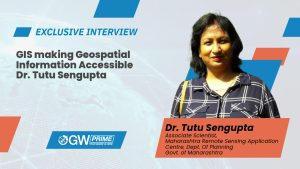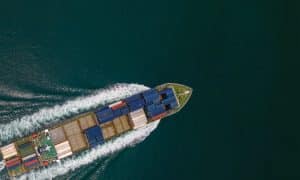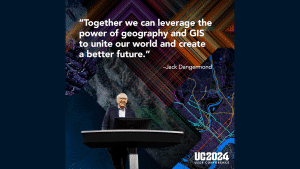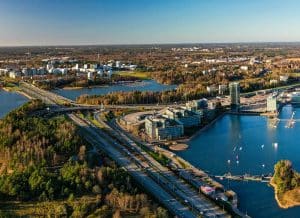It is a well-known fact that most projects stub their toes on data. The causes might be availability and accessibility, or issues of standardization, reliability and accuracy. It results in extension of project duration and poor quality of analysis due to lack of time, which ultimately impacts the project outcomes.
In this context, Open Data for Mapping seeks to find answers to these fundamental problems. At its core, open data is that data that is freely available, reusable, redistributable and meant for universal participation.
Open data can be used by any person, on any platform, and at any time and place. It should be accessible with a very limited amount of control, may be just a process of registration. It should also be usable directly without the need of an elaborate Extract, Transform, and Load module. In short, it must be interoperable.
Data has been considered as the new oil. There is a fallacy in this statement. Once consumed, oil is converted into energy and byproducts which include pollutants. Nothing remains to be reused. Data on the other hand can be used and re-used any number of times without losing its value. Data un-used is opportunity lost, with the expense of collection, curation and storage falling on the debit side of the ledger.
There is an enormous amount of data in government archives as well as in the digital vaults of NGOs and consulting firms. The value of such data is never realized beyond the
immediate use for which it is collected. Data mining is one of the techniques for extracting knowledge from such curated and stored data.
Big Data Analytics is another technique that not only uses such data but also combines it with other current and real-time datasets to better understand the applications context. Meteorologists use these techniques for long-term weather prediction. Security agencies use it to trace fraud. Insurance agencies use it to determine risks.
Open Data is also being used to realize Open Government by creating a common database which can be accessed by any department of the government to verify that a plan by one department does not clash with other departmental activities. For example, a
road should not be laid before a pipeline across the road is laid, thus avoiding duplicate expenditure of laying, cutting and relaying. It can also be accessed by citizens to understand the changes in their local environment and to make submissions to their local governments on issues requiring attention.
However, it should also be realized that open data can also be misused when it comes to individual privacy. Identity theft is a major issue, with e-commerce, e-governance, online
banking including online money transfer, individuals leave a huge identity trail that can be accessed by unauthorized entities. The protection of personal data in an open data, open government ecosystem is paramount.
Open data therefore requires a new model of governance that includes a mechanism for monitoring creation, utilization and storage of data which is interoperable and universally accessible while protecting individual privacy.
Disclaimer: Views Expressed are Author's Own. Geospatial World May or May Not Endorse it








